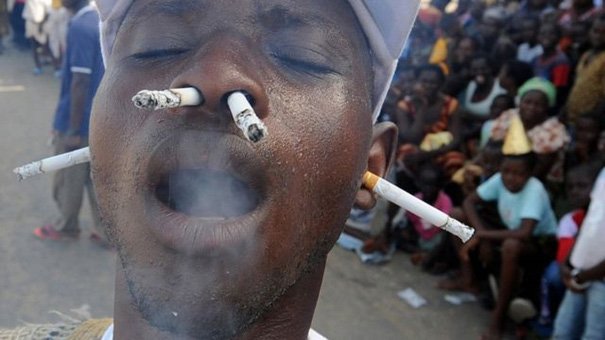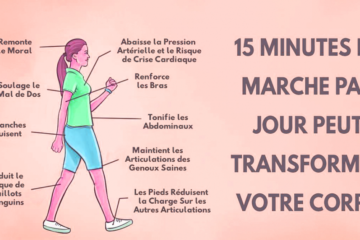Addiction : Smoking athletes are exposed to the same risks as all other smokers

According to Professor Daniel Thomas, cardiologist and spokesman for the French-speaking Society of Tobaccology, sportsmen and women who smoke are exposed to cancer, cardiovascular disease and respiratory insufficiency.
E.S.N
No, sport does not clean the lungs and physical activity in the open air does not compensate for the effects of smoking. Smoking during, before or after exercise is even dangerous.
Many sportsmen and women
do not know this and many doctors do not say so enough. “Too few cardiologists take an active interest in smokers. This is also the case in pneumology, oncology and diabetology, specialities
which are nevertheless primarily concerned by tobacco”, deplores Professor Daniel Thomas,
cardiologist and spokesman for the French-speaking Society of Tobaccology. In its 10 golden rules, the Club of Sports Cardiologists
puts this warning at number
7: “I do not smoke, at least never in the two hours before or after a sporting activity”.
Carbon monoxide replaces oxygen
For Professor Thomas, it should be put in first place. And for good reason: not only are smokers exposed to the same risks as all other smokers (cancers, cardiovascular
diseases, respiratory insufficiencies,
etc.), but they also add complications linked to their sporting activities by disrupting
the oxygen supply to the muscles, heart and lungs. The explanation lies in the 4000 or so harmful substances that make up cigarette smoke, starting with carbon monoxide (CO). Carbon monoxide, which is produced by burning tobacco, binds 200 times more to haemoglobin than oxygen (O), which it replaces in the blood. It also binds to myoglobin,
the protein of muscle contraction. The muscles and the heart suffer asphyxiation in proportion
to this oxygen deficit. CO thus diverts aerobic energy metabolism
(whose fuel is oxygen) towards the anaerobic pathway, which produces lactic acid. The latter is rapidly incompatible with the effort when the breathlessness
no longer allows you to speak (ventilatory threshold). Endurance activities based on oxygen consumption (VO2 max) are the most affected.
The lack of available oxygen forces the heart to increase its rate to ensure the same blood supply. But this increase becomes ineffective when the heart no longer has time to fill up, which slows down the activity
even more. “Young sportsmen
and women who are limited in their efforts by their smoking do not necessarily feel this. They only realise the extent of this handicap once they have weaned
themselves off, when they see their performance increase,” notes Daniel Thomas. Another enemy is nicotine, which stimulates
specific cardiac and arterial
receptors (as does adrenaline).
“Each cigarette causes a decrease in the calibre of the arteries, an increase in heart rate and an increase in blood pressure,”
explains Professor Thomas.
This effect is added to the natural adrenergic influences of exercise (increased cardiac output
and blood pressure), which lowers sports results. You run out of breath early, you give up more quickly, sometimes to the point of feeling faint. The risk is myocardial infarction due to arterial
spasm on narrowing of the heart arteries (coronary artery disease). These are more common
in people over 50 years of age, and are caused by atheroma due to excess cholesterol and inflammation
from fine particles in tobacco smoke. Even in younger people, the risk is not zero: “It is not uncommon for smokers, even sportsmen, to have infarctions
with coronary arteries that have no visible deformation on coronary examination”, warns the cardiologist.
Cardiac risk
Tobacco smoke also contains a large number of free radicals that attack the arterial walls. This oxidative stress promotes atheroma. The arterial surface becomes “rough”, can crack and cause the aggregation of blood platelets into a clot (thrombosis), a source of infarction. This cascade
of events can occur at any time, particularly in the case of dehydration, which is common during sports. The cardiac risk then skyrockets with yet another
“harmless” cigarette, such as the one you smoke after a football match with your friends. Another lesser-known danger can be caused by smoking: that of insulin resistance in all cells, including muscle cells. “This pre-diabetes situation increases the risk of subsequent diabetes by 30%,” warns Daniel Thomas. Diabetes
is the sworn enemy of the arteries.















